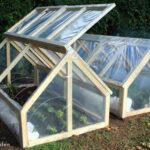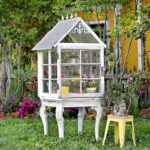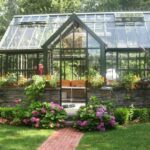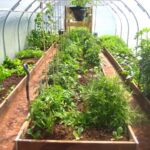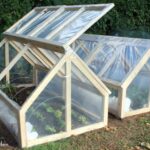Gardening in a greenhouse can be a rewarding and enjoyable experience, but it also requires proper maintenance to ensure that your plants thrive. By following some best practices for maintaining garden greenhouses, you can create an optimal environment for your plants to grow and flourish.
1. Clean and Inspect Regularly: One of the most important practices for maintaining a greenhouse is to clean and inspect it regularly. Dirt, dust, and debris can build up over time, which can block sunlight and inhibit plant growth. Make sure to sweep and clean the floors, walls, and benches of your greenhouse regularly to keep it tidy and free of pests. Additionally, inspect your greenhouse for any signs of damage, such as leaks, cracks, or gaps that could let in drafts or pests.
2. Monitor Temperature and Humidity: Proper temperature and humidity levels are essential for the health of your plants in a greenhouse. Invest in a thermometer and hygrometer to monitor these levels regularly. In colder weather, consider using a heater to maintain a consistent temperature, while in warmer weather, ventilation and shading may be necessary to prevent overheating. By keeping a close eye on temperature and humidity, you can create an ideal environment for your plants to thrive.
3. Provide Adequate Ventilation: Good air circulation is crucial in a greenhouse to prevent the buildup of heat, humidity, and pests. Make sure to open windows and vents regularly to allow fresh air to flow through the greenhouse. You can also consider using fans or louvers to improve ventilation and prevent stagnant air. Proper ventilation will help prevent mold, mildew, and pests, as well as promote healthy plant growth.
4. Water and Fertilize Carefully: Overwatering and over-fertilizing are common mistakes that gardeners make in a greenhouse. Make sure to water your plants carefully, ensuring that the soil is moist but not waterlogged. Consider using a drip irrigation system or a watering can with a long spout to deliver water directly to the roots of your plants. When fertilizing, follow the recommendations on the product label and avoid overfeeding your plants, as this can lead to nutrient imbalances and damage to the roots.
5. Pest and Disease Management: Preventing and managing pests and diseases is critical for maintaining a healthy greenhouse. Inspect your plants regularly for signs of pests, such as aphids, spider mites, or whiteflies, and take action immediately if you spot any. Consider using organic pest control methods, such as introducing beneficial insects or using neem oil, to combat pests naturally. Additionally, practice good sanitation by removing any dead or diseased plants promptly to prevent the spread of disease.
By following these best practices for maintaining garden greenhouses, you can create a healthy and thriving environment for your plants to grow. With proper care and attention, your greenhouse can be a productive and enjoyable space for gardening year-round.

